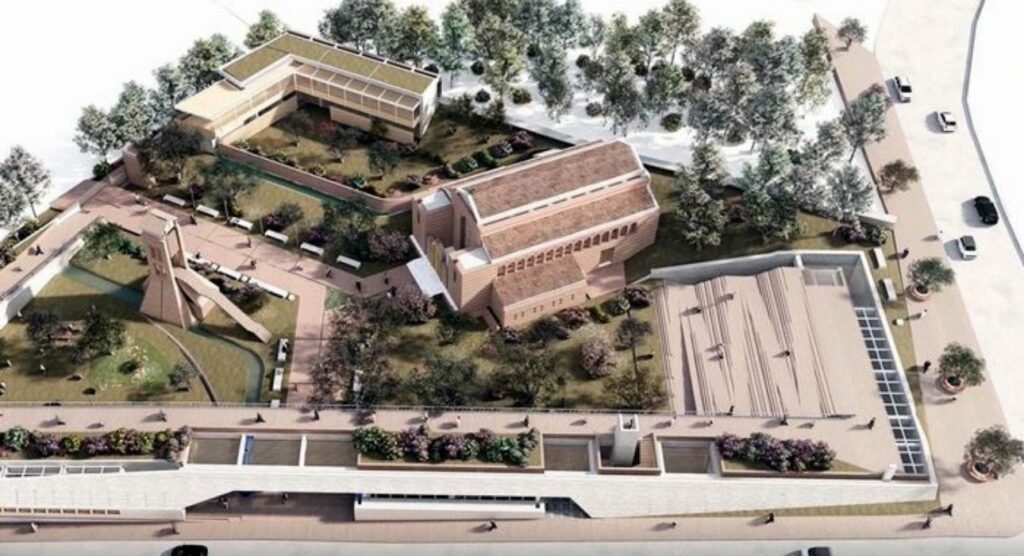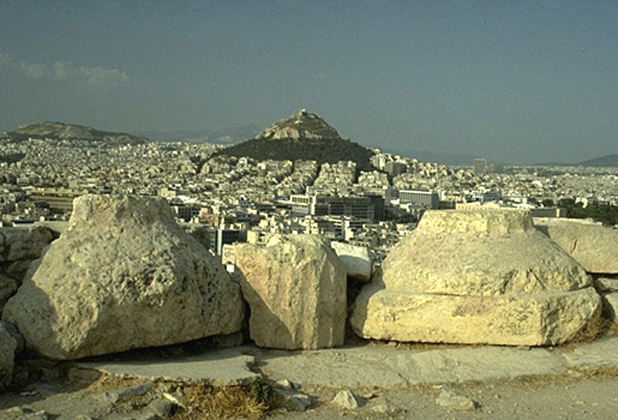Museum of Greek Folk Musical Instruments “Phoebus Anogianakis” – Ethnomusicology Center
Museum of Greek Folk Musical Instruments “Phoebus Anogianakis” – Ethnomusicology Center
The Phoebus Anogianakis Museum of Greek Folk Musical Instruments-Ethnomusicology Center was inaugurated on 6 June 1991. It is based on the collection of 1,200 Greek folk musical instruments from the 18th century to the present day, the result of 40 years of research and study by the musicologist Phoebus Anogianakis. In 1978, Phoebus Anogianakis donated his collection to the Greek government and under his supervision, the work of establishing the Museum began. The Museum is housed in an old mansion of 1840 in Plaka (Lassani house) next to the Roman Agora. The main building on the exhibition site also houses the museum’s reception, administration, secretariat and library. The old stables of the mansion house the research centre and archives, storage rooms, an auditorium and the museum shop, where books, records and musical instruments are available.
The exhibition occupies three floors and is divided into four sections, as many as the families of musical instruments distinguished by ethnomusicology, based on the material that vibrates to produce the sound: a) membrane phones, b) aerophones, c) chordophones and d) idiophones. The presentation is made according to organizational types. In each showcase, a special headphone system with musical examples presents the sound, musical range, playing techniques and the combinations of the musical instruments on display. The objectives of the Museum and the Research Center are not only the collection, preservation and exhibition of folk musical instruments and, in general, any material useful for the research, but also the study and promotion of the Greek folk music tradition. Its main objectives include the promotion of ethnomusicological research and study, as well as the documentation and dissemination of traditional music. Finally, the Museum aims to rescue, study, promote and disseminate the Greek folk and Byzantine musical tradition, both in Greece and internationally, by all appropriate means.






